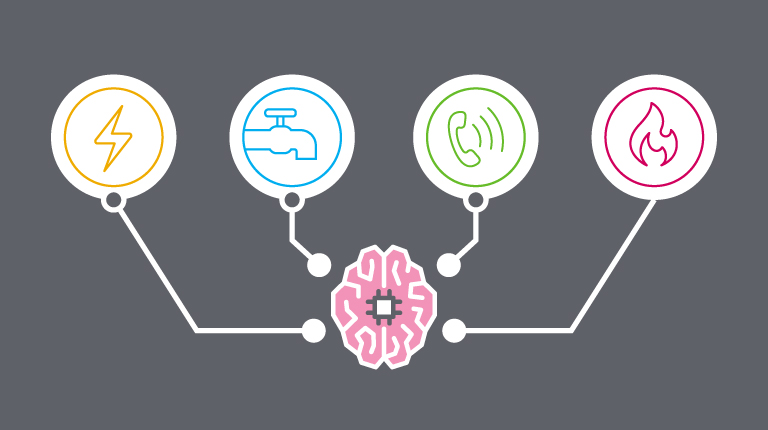Patient leakage, also known as network leakage and patient referral leakage, is when a patient seeks or obtains healthcare services outside the hospital network.
There are many causes of patient leakage, but a common – and very solvable – cause is appointment scheduling abandonment. This usually happens when a patient calls to schedule an appointment and experiences long hold times, is transferred around, and decides to hang up. This type of customer service is frustrating and can lead to a patient seeking a new care provider or ignoring their care plan altogether.
Why health systems should care about solving patient leakage
The revenue impact of patient leakage on health systems can be detrimental. Health systems know this, too. In a recent study, 75% of health systems said patient leakage is a significant obstacle to their financial goals.
Most organizations lose about $200 to $500 million per year due to network leakage, much of which is potentially avoidable, according to Healthcare Innovation.
Self-scheduling is an easy solution for patient leakage
The good news is self-scheduling technology offers a solution that puts your patients in control of their scheduling. Traditional scheduling calls on average last about eight minutes, while automated self-scheduling options are usually around one minute. Self-scheduling is convenient for patients because it takes less time and allows them to cut through barriers to access, such as hospital hours of operation and long hold times.
Providing patients quick and convenient access to scheduling with your network helps to ensure they actually do just that, schedule with your network.
Other benefits of self-scheduling
Self-scheduling will not only improve your patient leakage issues but also help you meet high patient expectations while still lowering operating expenses.
- Reduce operating expenses by freeing up skilled employees to focus on higher value tasks. Future Health Today suggests that having patients utilize self-scheduling frees up one full-time equivalent (FTE) for every 100 appointments that would have been scheduled via live phone call.
- Increase patient satisfaction by removing hold times. Providing a smooth appointment setting process with self-scheduling will set a better first impression for the patient’s visit.
- Maximize your provider’s schedule by filling up open appointment slots with last minute visits. Most health organizations can only book appointments between 8:00am and 5:00pm, which can be difficult for patients with limited phone access during these times. But self-scheduling allows patients to book at their convenience, which can often be after hours, allowing patients to reserve open slots for the next day.
Learn how our Intelligent Virtual Assistant can help your health system here.





